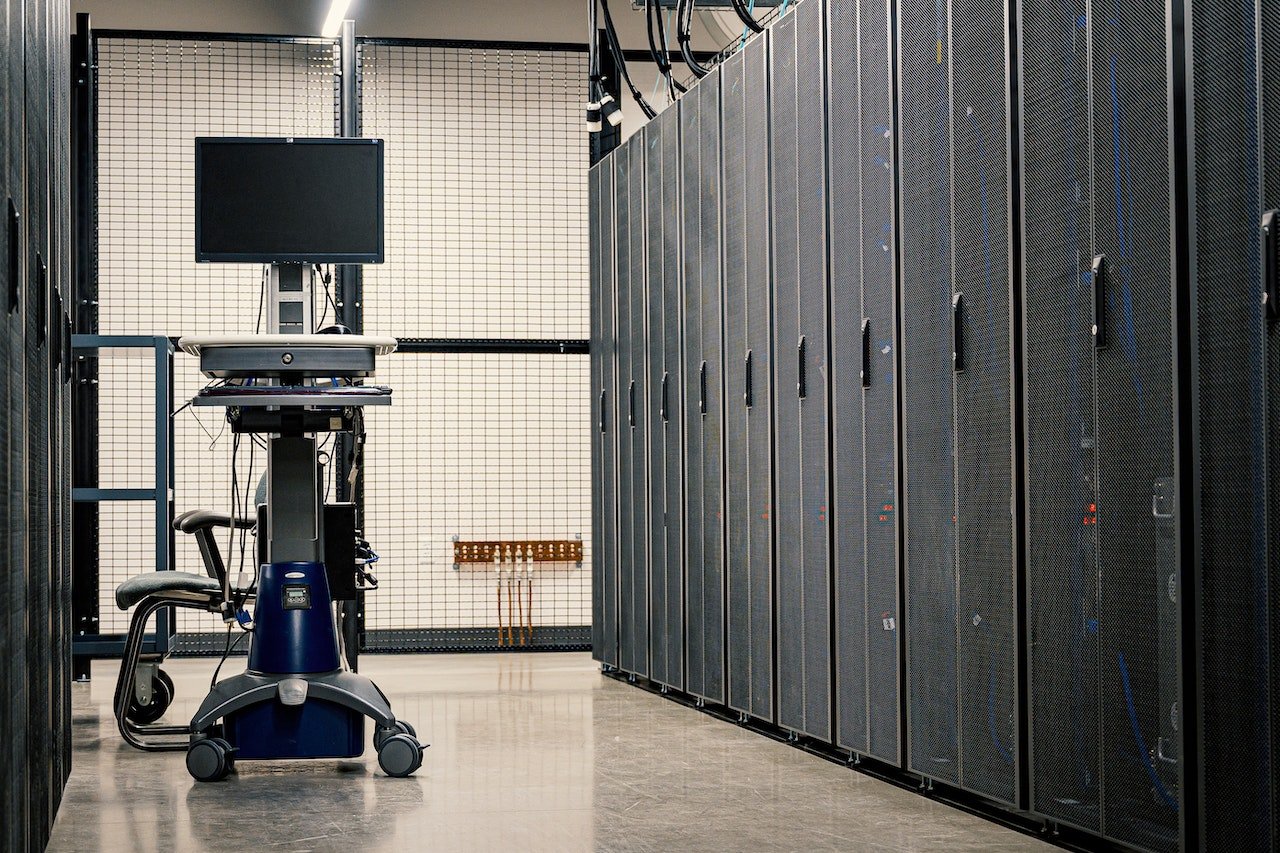When deciding how to cool a data centre, designers and operators must consider many factors affecting the cost of owning and operating the cooling equipment. These decisions usually involve tradeoffs between lowering the initial capital expenditure (CAPEX) or minimising operating and maintenance costs (O&M), which include utility costs, labour, and repairs.
The total cost of ownership of a solar PV system includes the initial capital cost (CAPEX), the ongoing operational and maintenance costs (O&M), and the cost of the energy produced by the system over its lifetime.
There are a few key things to keep in mind when choosing which type of chiller is right for your business. Water-cooled centrifugal chillers are typically more expensive than air-cooled chillers but are also more energy-efficient.
Air-cooled chillers don’t require a cooling tower, which can save on space and maintenance costs. When making your decision, take into account the climate where the chiller will be used, the size of the building or space that needs to be cooled, and your budget.
Reducing Energy Costs
The main issue to consider when choosing between chiller technologies is energy consumption. This is because data centre designers typically focus on achieving a low power usage effectiveness (PUE) metric.
The PUE is a measure of how efficiently a data centre uses energy. It is calculated by dividing the total energy used by the data centre by the energy used specifically by computing equipment.
The data centre energy efficiency guideline is a document that provides guidance on how to improve the energy efficiency of data centres. The guideline covers all aspects of a data centre’s energy use, including its mission-critical facilities, technology spaces, and electronic equipment/systems. The guideline aims to help data centres increase their intake temperatures at IT devices, thus improving their overall energy efficiency.
The humidity in a data centre can be lowered to 15 per cent without harming the electronic equipment. This allows for “free cooling” to be used more often, which can save money. When selecting cooling equipment for a standalone data centre, it is essential to consider energy efficiency. This means choosing equipment that uses less energy to operate, which can help to reduce overall energy costs.
Water-cooled centrifugal chillers are more efficient when they have a capacity of 400 tons or more. To run at optimum efficiency, water-cooled centrifugal chillers must be specifically designed for conditions encountered in data centre cooling.
A chiller with a wide operating envelope is also helpful because it can be used under various conditions. The chiller has the ability to provide warmer chilled water temperatures for server inlet temperatures, which can save energy.
Other Factors Affecting Your Choice of Chiller
Many factors can influence the decision to use one type of chiller technology over another. Energy efficiency is just one of those factors. If you want to lower your PUE by using the least amount of kW/ton of cooling, then you should choose a mechanical cooling system.
Capital expenditure (CAPEX) decisions are important when it comes to equipment costs, space requirements and wiring/plumbing costs. Operations and maintenance (O&M) decision points can also involve utility rates, water rates and other vital factors.
The total cost of ownership (TCO) is the financial estimate of the total cost to maintain and operate a piece of equipment or software over its lifespan. TCO includes the purchase price, installation and training fees, support and maintenance charges, and the costs of disposing of or recycling the equipment or software at the end of its useful life.
Chiller Maintenance
Different maintenance procedures are required for each type of chiller. The cooling tower of a water-cooled chiller requires water treatment to prevent microbial growth and periodic blowdown and descaling. Tower fan and pump maintenance are also required. In addition to regular maintenance requirements, tube cleaning will eventually be necessary.
Air-cooled chillers require coil cleaning with water. Because they have multiple compressors and fans, they may require more frequent maintenance or replacement of components, but at a relatively low cost per component.
Chiller manufacturers are constantly innovating to make maintenance more straightforward and less expensive. For example, variable-speed compressors with frictionless magnetic bearings don’t need oil management systems, eliminating another maintenance task.
Conclusion
When choosing a chiller for your data centre, there are many factors to consider. The most important factors include the type of cooling system, the size of the data centre, and the climate. Other factors, such as the cost of the system and the maintenance requirements, should ultimately be considered.
Do you need a chiller hire in London? Turn to London Climate Hire. We provide boiler chillers, heaters, generators, and more. Contact us!

